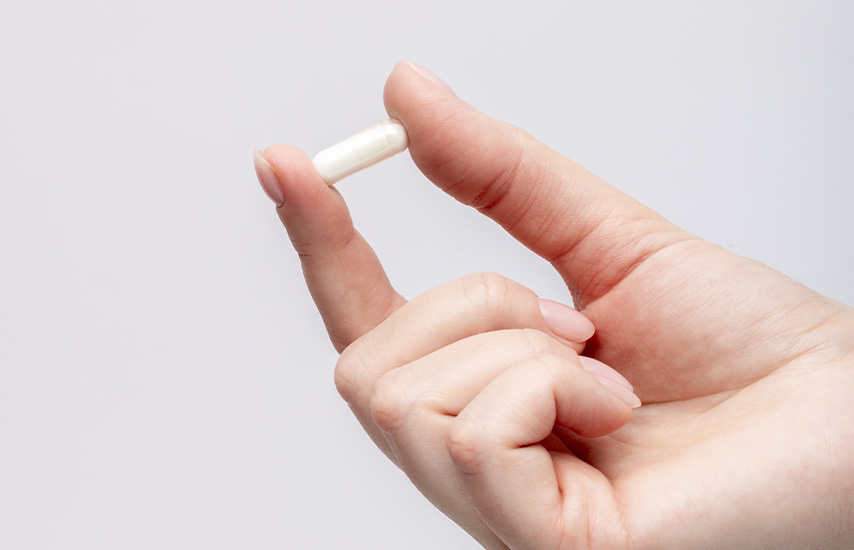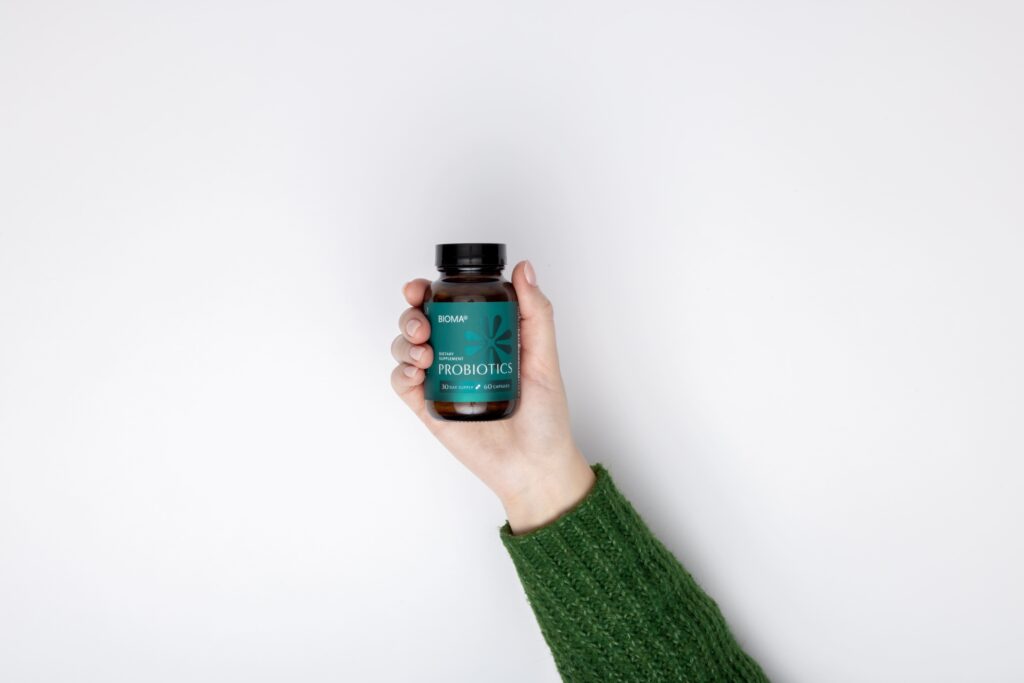Do Probiotics Expire? What You Need to Know About Shelf Life and Potency

Probiotics are essential for maintaining gut health, supporting the immune system, and promoting overall well-being. However, their effectiveness depends on proper storage and timely consumption. Understanding the shelf life and potency of probiotics, as well as their expiration, is crucial for reaping their full benefits. This article delves into the details of probiotic expiration, comparisons between sources, storage recommendations, and guidelines for usage.

What Is the Shelf Life of Probiotics?
Probiotics are made up of living microorganisms that need to remain viable to provide health benefits. The probiotic expiration date is an indicator of how long the product will retain its promised potency if stored as recommended. While most probiotics are effective for 1-2 years after manufacturing, several factors influence their longevity:
- Strain stability: Some strains, such as lactobacillus strains, are more resilient to temperature and humidity changes.
- Storage requirements: Refrigerated probiotics typically last longer than shelf-stable varieties.
- Packaging: High-quality packaging, like moisture-controlled bottles or amber-colored glass, can protect probiotics from external elements.
To maximize shelf life, always check the expiration date before purchasing and ensure you store probiotics under the recommended conditions.
Comparison of Probiotic Sources
Probiotics are available from two primary sources: supplements and foods. Each offers unique benefits depending on your lifestyle and health goals.
- Probiotic supplements: These are concentrated doses of specific strains, such as saccharomyces boulardii probiotic or soil-based probiotics, often measured in colony-forming units (CFUs). Supplements are ideal for those who need targeted support for issues like digestive health or chronic stress.
- Probiotic foods: Found in natural sources like yogurt, kefir, kimchi, sauerkraut, and other fermented foods, these provide additional nutrients alongside live bacteria. They are a great choice for individuals who prefer dietary sources.
Both forms of probiotics have their place. Supplements excel in delivering controlled and high CFU counts, while food-based options offer a natural approach to integrating probiotics into your diet.
Effects of Expired Probiotics
Consuming expired probiotics doesn’t usually pose health risks, but their effectiveness declines over time. Here are some potential issues:
- Reduced CFU count: The number of live bacteria decreases after expiration, which may impact their ability to promote probiotic health benefits.
- Digestive health side effects: Expired products may lose their balance of beneficial bacterial strains, potentially causing mild digestive problems.
- Storage conditions and risks: Probiotics exposed to poor storage during transportation or at home might harbor infection-causing bacteria if improperly handled.
To avoid these issues, always consume probiotics before the expiration date and follow storage instructions closely.

Probiotic Consumption Guidelines
Taking probiotics effectively involves understanding proper dosage, timing, and combinations with other foods.
- CFU counts: Choose a supplement with the right number of CFUs for your needs. For general gut health, 1-10 billion CFUs per dose is usually sufficient.
- Timing: Consume probiotics on an empty stomach, ideally 30 minutes before a meal, to help the bacteria survive the stomach’s pH level.
- Serving size: Follow the manufacturer’s guidelines to avoid over- or under-dosing.
- Pairing with probiotic foods: Combine supplements with probiotic food products like yogurt or kombucha to enhance their effects on the digestive system.
Probiotic Potency Testing
Potency is a critical factor when choosing probiotics. Verifying that the product delivers its promised CFU count is essential to ensure efficacy:
- CFU count verification: Look for brands that guarantee potency until the expiration date, not just at the manufacture date.
- Third-party analysis: Trusted brands conduct independent tests to confirm potency and strain viability.
- Probiotic milk test: A simple method to observe bacterial activity at home, where probiotics are added to milk to test for fermentation.
These steps can help you choose effective probiotics and avoid products that fail to deliver.
Probiotic Shelf Life and Storage Best Practices
The shelf life of probiotics varies based on their composition, packaging, and storage conditions:
- Encapsulation methods: Advanced techniques, like freeze-drying or microencapsulation, protect bacteria during production and storage.
- Refrigeration: Most probiotics, especially those containing bifidobacterium and lactobacillus strains, require refrigeration to maintain potency.
- Shelf-stable options: Some brands use special formulations to create synbiotic+ probiotics that don’t require refrigeration, making them ideal for travel.
Proper storage practices include keeping probiotics in a cool, dry environment and avoiding exposure to heat and light.
Why Choose Bioma Probiotics?
Bioma probiotics are a standout choice due to their high-quality formulations and rigorous testing. With their wide range of strains, including lactobacillus, bifidobacterium, and saccharomyces boulardii, Bioma ensures that each product delivers maximum potency. Their commitment to transparency and 3rd party testing gives consumers confidence in the product’s effectiveness.

Bioma’s products are designed for convenience, with options that cater to both shelf-stable and refrigerated needs, ensuring they remain viable until the probiotic expiration date.
Whether you’re using probiotics to improve digestion, boost your immune system, or support your microbiome, proper storage and timely use are key to maximizing their benefits. Choose trusted brands like Bioma, follow storage guidelines, and consume probiotics before their expiration to ensure optimal results.
Related articles



